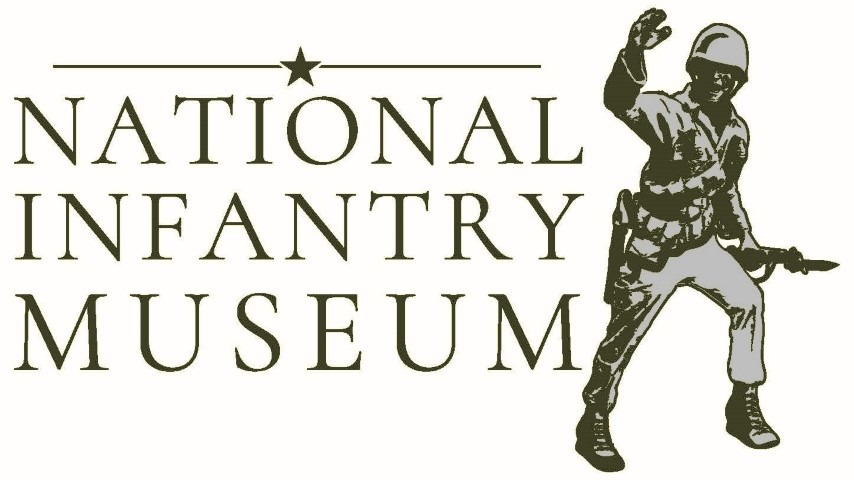Guest Blog: On the Anniversary of D-Day, Remembering the Soldiers and Those Who Led Them
June 6 marks the 69th anniversary of the beginning of Operation Overlord, better known through history as D-Day, the 1944 Allied invasion of Normandy, France during World War II.
 The largest amphibious assault ever conceived and executed, D-Day set records in terms of planning and training for such a massive assault and the number of troops, materiel and supplies moved across the English Channel overnight by the then-largest armada of ships and aircraft.
The largest amphibious assault ever conceived and executed, D-Day set records in terms of planning and training for such a massive assault and the number of troops, materiel and supplies moved across the English Channel overnight by the then-largest armada of ships and aircraft.
Logistically the scope of such an operation had never been seen before.
- 5,333 ships including 600 warships and all manner of landing craft
- 11,000 bombers, fighters, fighter bombers, and gliders
- 175,000 Soldiers, Airmen, Sailors, and Marines – U.S., British, and Canadian, primarily
- 50,000 vehicles – tanks, trucks, jeeps, motorcycles, bulldozers, and more
- Millions of gallons of oil and diesel fuel
- Countless tons of ammunition and equipment
As Stephen E. Ambrose puts it in the prologue to his book, D-Day, June 6, 1944: The Climactic Battle of World War II (1994):
It was as if the cities of Green Bay, Racine, and Kenosha, Wisconsin, were picked up and moved—every man, woman and child, every automobile and truck—to the east side of Lake Michigan, in one night.
This operation was do-or-die for the Allies. They had to “go big or go home,” as we say nowadays, to take the pressure off of the Soviet armies in the east and divide Hitler’s forces and resources. Given the level of men and resources committed there would be no second chance.
Order of Battle – U.S. Forces
To that end, planners assigned General Omar Bradley’s U.S. 1st Army to take the “Utah” and “Omaha” beaches on the western part of the invasion area. General J. Lawton Collins led the U.S. VII Corps with the 4th Infantry (Barton), 101st Airborne (Taylor), and 82nd Airborne (Ridgeway) in the assault on Utah.
Meanwhile, the U.S. V Corps – with the 1st Infantry (Huebner) and 29th Infantry (Gerhardt) – commanded by General Leonard T. Gerow landed at Omaha, the most heavily contested of the five beaches.
Success owed … to what?
Some would argue that superior training and planning carried the day. After all, this is what the likes of Dwight D. Eisenhower and Omar Bradley learned at the Command and General Staff College at Fort Leavenworth … how to wage war. Certainly their shared knowledge and experience against the Nazis in North Africa and Italy played a significant role in Overlord’s success.
As Ambrose and many others suggest however, the reason Overlord ultimately succeeded was the courage of the Infantrymen who stormed the beaches and of the Paratroopers who landed in the dark behind the German lines. Many of these Soldiers were but a few years out of high school, and their only military experience involved the training they received in the south of England. They largely kept their wits about them under intense fire, rallied their men, tended to their wounded, and pressed forward.
If you are reading this, chances are you’ve seen the first half hour of Saving Private Ryan. Cinematically, no film more accurately or graphically captures the chaos of the landings. Approximately 2,500 of the 60,000 U.S. Infantrymen and 2,500 paratroopers were injured, killed, captured, or missing in action in the first 24 hours of Overlord. Of that total nearly half perished on the French coast.
Regardless of the dangers and almost certain death Infantrymen faced on the beaches of Normandy, their resolve to defeat Hitler seems to have been a great motivating factor. In letters written by those who participated in the landing, toppling the Nazi “evil” appeared over and over as a consistent theme. They felt in their hearts that their cause was just.
From this emerged the bravery required to face an enemy of unknown strength, to weather the seasickness, the barbed wire, the breastworks and pillboxes, the minefields, and the bullets and shells landing in and around their formations.
Remember, many of these Infantrymen were untested in battle.
For those that survived D-Day, their bravery in the face of – in many cases – almost certain death carried them and their units up the bluffs and away from the bloodied beaches in pursuit of German forces across the French countryside.
In the 69 years since D-Day much has changed in how our military conducts large-scale operations. One thing has remained unchanged– the American Soldier. Soldiers today, as on those beaches so many years ago, make all the difference, regardless of the weapons and technology they use.
Support the CGSC
A good way to remember those who fought so valiantly to establish those beachheads is to salute the leaders who guided them to victory. A limited-edition commemorative coin program currently available through the United States Mint honors the 5-star generals of World War II: George C. Marshall, Douglas MacArthur, Dwight D. Eisenhower, Henry “Hap” Arnold, and Omar Bradley.
A portion of the proceeds from the sales of these coins is authorized to be paid to the Command and General Staff College Foundation to help fund the education and development of the next generation of leaders through the CGSC. You can read more about the program here: www.fivestargenerals.org
This D-Day Anniversary, we join the National Infantry Museum in saluting the families of the Infantrymen and of the Sailors, Marines, and Airmen who contributed to and in many cases gave their lives to execute one of the most important events of the last century.
– Post authored by Michael Burns on behalf of the Command and General Staff College Foundation at Ft. Leavenworth
See more of their blog and the 5-Star Generals Commemorative Coin at: http://www.fivestargenerals.org/Blog.aspx#.UbEit469K1l








great